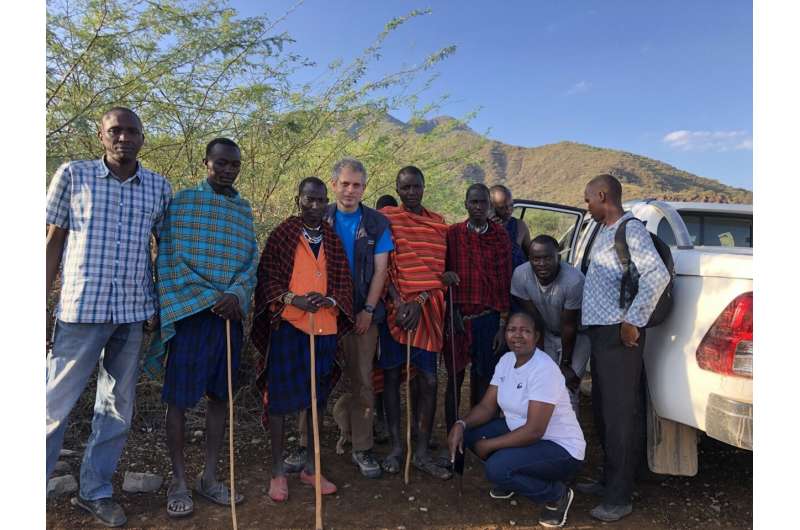Finding what drives the spread of a severe parasitic disease in Eastern Africa

A newly funded Tropical Medicine Research Center at The Ohio State University will study factors that drive transmission and spread of visceral leishmaniasis, a serious parasitic disease in Eastern Africa that is fatal without treatment.
Ohio State received will operate the center, which will focus on understanding multiple factors contributing to the persistence of leishmaniasis in Kenya, Ethiopia and Sudan.
Leishmania parasites are transmitted to humans and animals through the bite of infected sand flies, and a range of species of the infectious parasites found in specific regions of the world cause different forms of the disease. The most common form of the condition, cutaneous leishmaniasis, causes disfiguring skin disease in about 12 million people globally.
The Tropical Medicine Research Center (TRMC) will focus primarily on two other forms: visceral leishmaniasis, which affects organs, and post kala-azar dermal leishmaniasis, a complication of the visceral form of the disease marked by a skin rash that can exacerbate disease transmission.
Abhay Satoskar, a co-principal investigator of the grant and professor of pathology in Ohio State’s College of Medicine, is leading the effort with co-principal investigator Damaris Matoke-Muhia, principal research scientist at the Kenya Medical Research Institute.
Satoskar has been studying leishmaniasis for many years, and has co-led an international team using CRISPR gene-editing technology to develop vaccines targeting Leishmania major and Leishmania mexicana species of the parasites found in tropical and subtropical regions of the Eastern Hemisphere and South, Central and North America, respectively. The team has also been using the CRISPR technique to mutate the genome of the Leishmania donovani strain that causes visceral leishmaniasis, with promising preliminary results.
Despite the vaccine advances, there is still a lot to learn about the disease in East African nations, the location of most of the world’s visceral leishmaniasis cases. The TMRC will focus on three areas:
- Identifying the geographical areas endemic for both cutaneous and visceral leishmaniasis and understanding human factors contributing to disease spread and exchange.
- Determining which types of sand flies carry Leishmania parasites, what percentage of sand flies are infected, and where the infected sand flies live and breed.
- Using single-cell RNA sequencing and other state-of-the-art technologies to profile cells affected by the disease.
“There are a lot of knowledge gaps,” said Satoskar, also a professor of microbiology. “Much of the kind of information that is critical for elimination of any disease is missing.”
With post kala-azar dermal leishmaniasis, in particular, there are many unknowns. People who are successfully treated for visceral leishmaniasis still have parasites present in their bone marrow. If a recovered patient’s immune system is later compromised, the parasites may emerge and cause disease characterized by bumps under the skin that are packed with parasites.
“We don’t know which cells these parasites are hiding in. We’ll be trying to figure that out using modern technology,” Satoskar said.
A significant part of the TMRC’s work will center on building capacity for scientists in each country to carry out research and intervention strategies over the long term. Labs in academic institutions in Kenya, Ethiopia and Sudan partnering with the center provide the infrastructure and personnel to do the work, but there is a shortage of technology to get into the finer molecular details of the disease.
Source: Read Full Article
